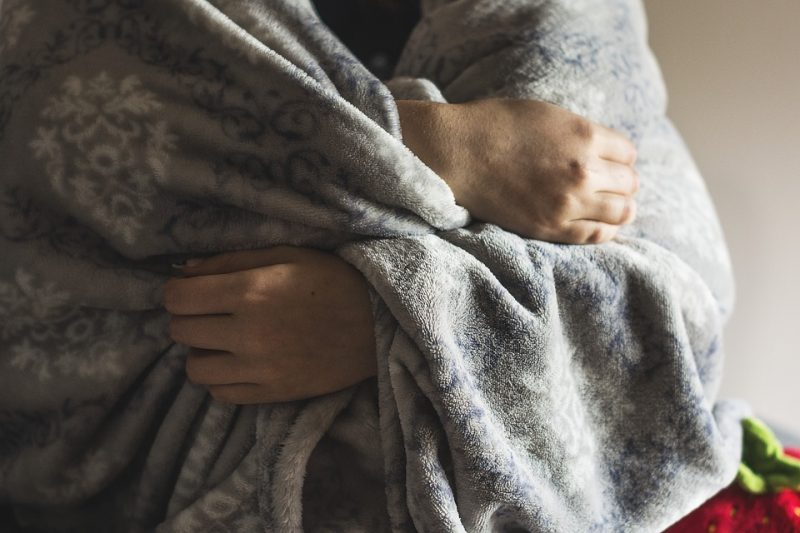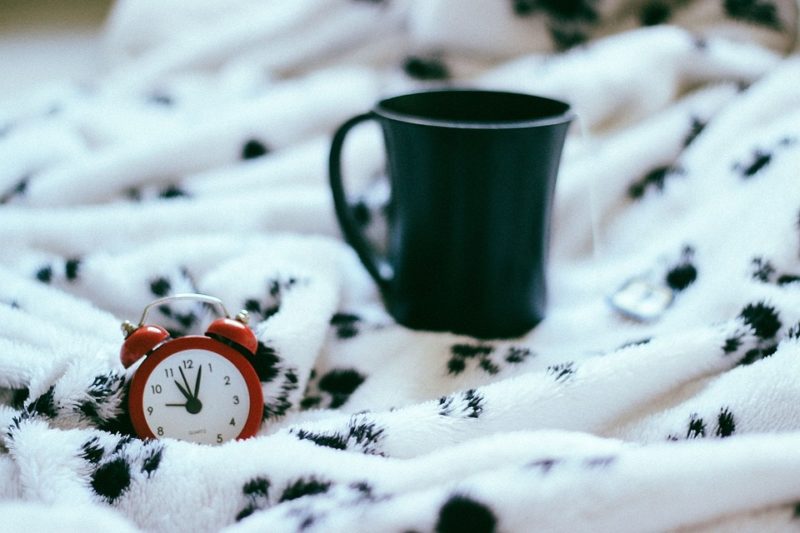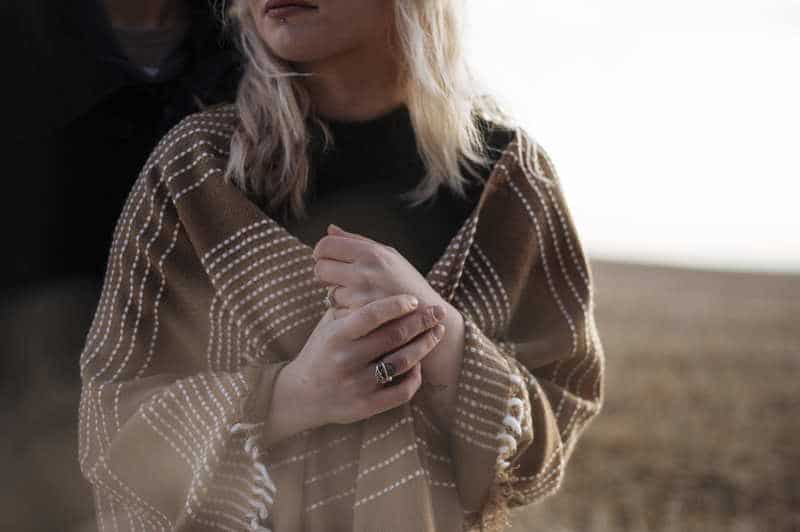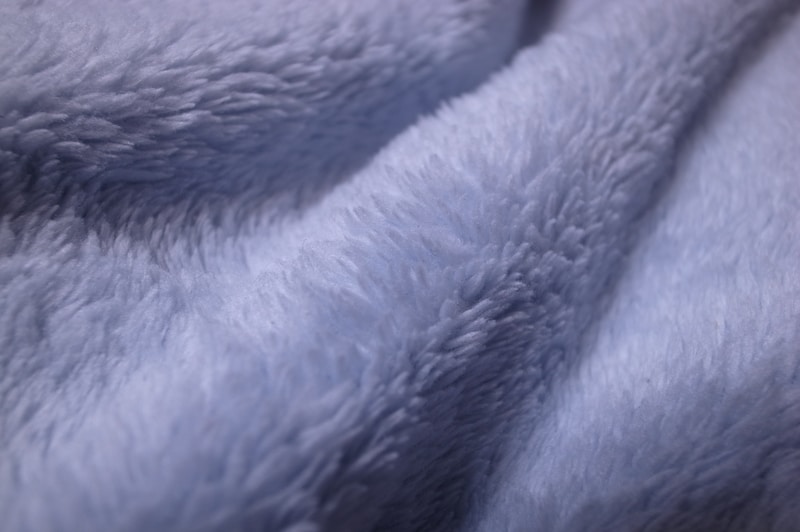Making a double-sided Minky blanket can just be done in a few simple steps. You have to prepare your materials, sew and tack together both the Minky fabric together. Detailed below is the procedure on how to make a double-sided Minky blanket.

What Is A Double-Sided Minky?
A double-sided Minky is a soft and silky fabric that has a raised pile. It does not pill and still stays soft even after you wash it.
It called double-sided because, unlike the usual Minky, this has the soft Minky pile on both sides of the fabric. So there is no flat woven side of the material.
Even with this, its piles are not the same. The Minky pile on the front side of the fabric is shorter than the back of the material.
It is the type of fabric ideal for blankets, pillowcases, robes, and even soft cuddly toys.
How to Make a Double-Sided Minky Blanket?
Step #1: Preparation of materials
The materials you will be needing are your sewing machine, Minky fabric, straight pins, and a pair of fabric scissors. To be creative, you can use different colours of Minky fabric for both sides. If this is the case, opt for a light colour when it comes to the thread. White will be a perfect fit.
Step #2: Preparation of the Minky fabric
Start by laying your Minky fabric facing up. You can start with a yard and a half for your blanket. Next is to apply the other material on top of it, facing the wrong side. With this, cut your fabric even with your desired size and shape. It is necessary, so both your material are of the same shape and size.
After this, attach your pins to the edges of your fabric. It will keep the material from moving in different directions. This step is essential, so both the cloth are well aligned.
A good tip is to make use of the dots on the Minky fabric. It will help you in measuring and placing your pins coordinately.
Since your fabric faces the wrong directions, you have to turn your edges the right way. Ensure you leave materials between two pins where you hang your fabric in the right direction.
Step #3: Sewing the fabric together
Start sewing your Minky fabric`s edges. You can do about an inch in when you sew. Keep in mind that you are sewing fabrics together, so better be alert with your materials. You would not want one of them to crumple.
Sew around the edges but keep in mind the huge gap we left for turning in. When you have met your pins, turn the fabric to the right side out. Remember to trim your corners so they will not look bulky when turned into the right side out.
Step #4: Closing the gap
Pin the hole shut. Remember to fold it so it would match its sides. Then do a top seam to all of the edges of the blanket. This action will close the opening. Do a quarter and a half-inch top seam around the fabric. This step is the finishing touch of the overall double-sided Minky blanket.
What if you want both of the fabrics tacked together?
Since we have only sewn the edges of the Minky fabrics, they can still get separated in the middle. To avoid this, you can quilt the middle part of the blanket in a crosswise motion. It will keep both the fabrics together, avoiding that gap in between.
What is so particular about Minky blankets?
Minky blankets are softer than typical fabric. Its softness also lasts longer, even after a few washes. It is a hundred per cent polyester, making it thicker and plusher than fleece, making up most blankets. It is also more durable than your usual blankets. It stays soft and keeps you warm for an extended period.
Just a simple tip on washing your Minky blankets: avoid doing a big load of washing all at once. Minky fabric tends to shed. When washing Minky fabric, it is ideal to use the traditional laundry detergent and avoid using the pod detergent. It keeps your Minky blankets last longer.
Are Minky blankets safe for babies?
Because of its softness and warmth, many people in the UK wanted to put this Minky blanket on their toddlers. But the question is, is it safe for them to use? Luckily, yes! Minky fabric is perfect for babies. Not only does this blanket keep them warm and comfortable, but there are also hypoallergenic Minky blankets.
What if it loses its softness?
A fabric softener may cause the fabric to lose its softness. When this happens, try to bring it back by washing your fabric in cold water and vinegar, do not add detergent.
Conclusion
Making a double-sided Minky blanket is not as hard as it looks. It only requires simple materials like the Minky fabric, a sewing machine, scissors, and some pins. The whole process will take you about an hour to finish, depending on the size of your blanket. Now that you know how to make a double-sided Minky blanket make one today for you and your loved ones!









